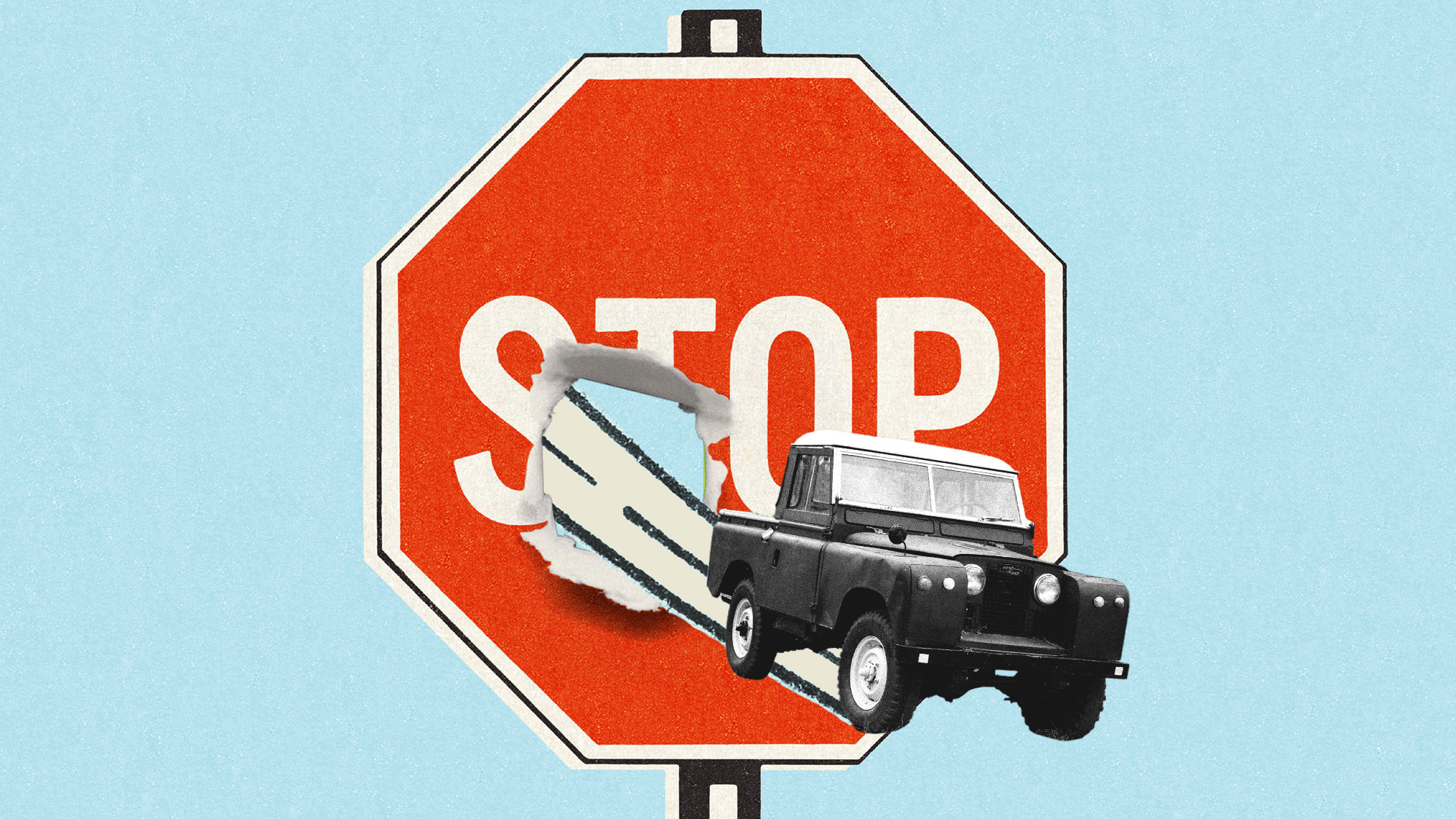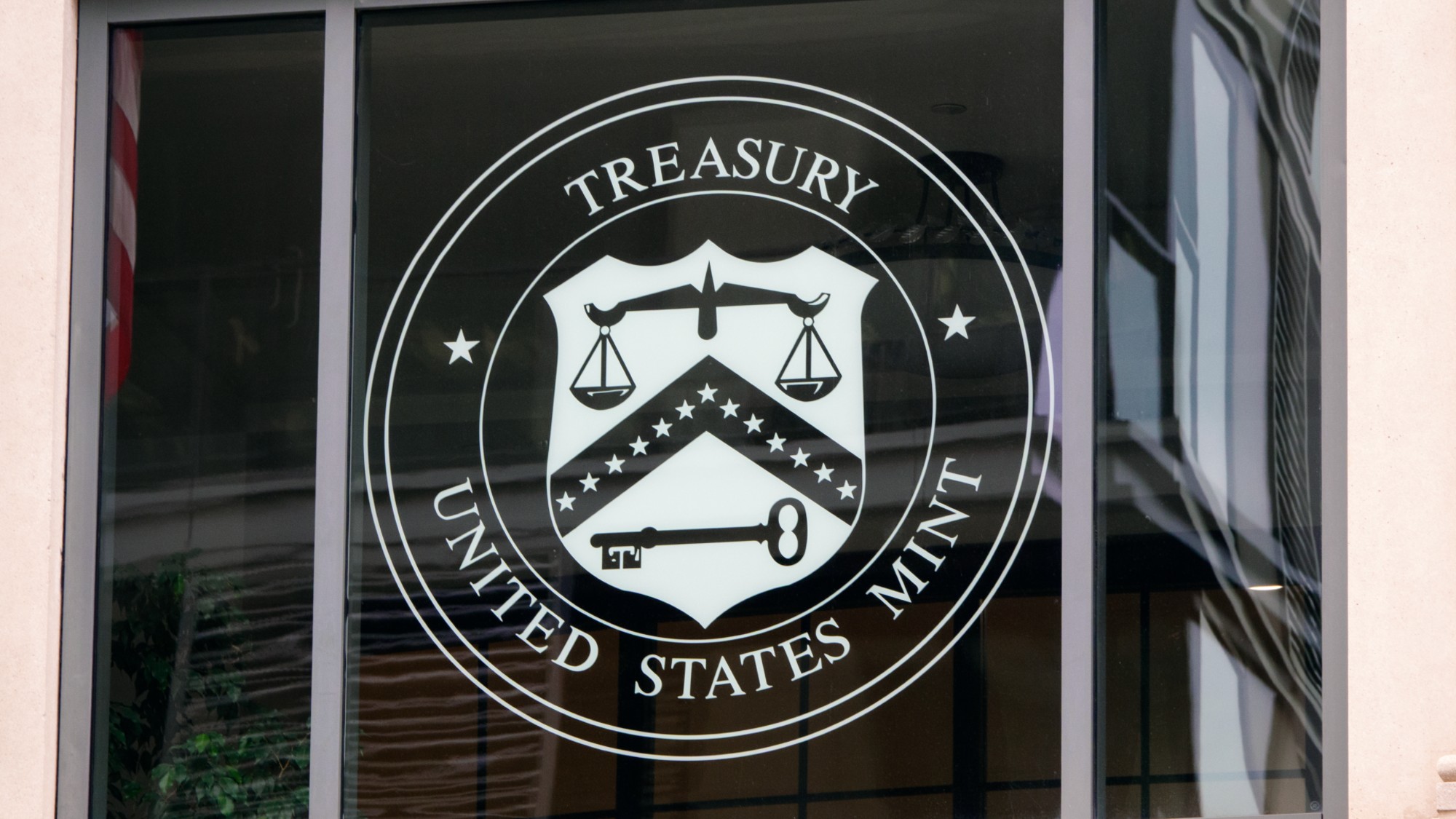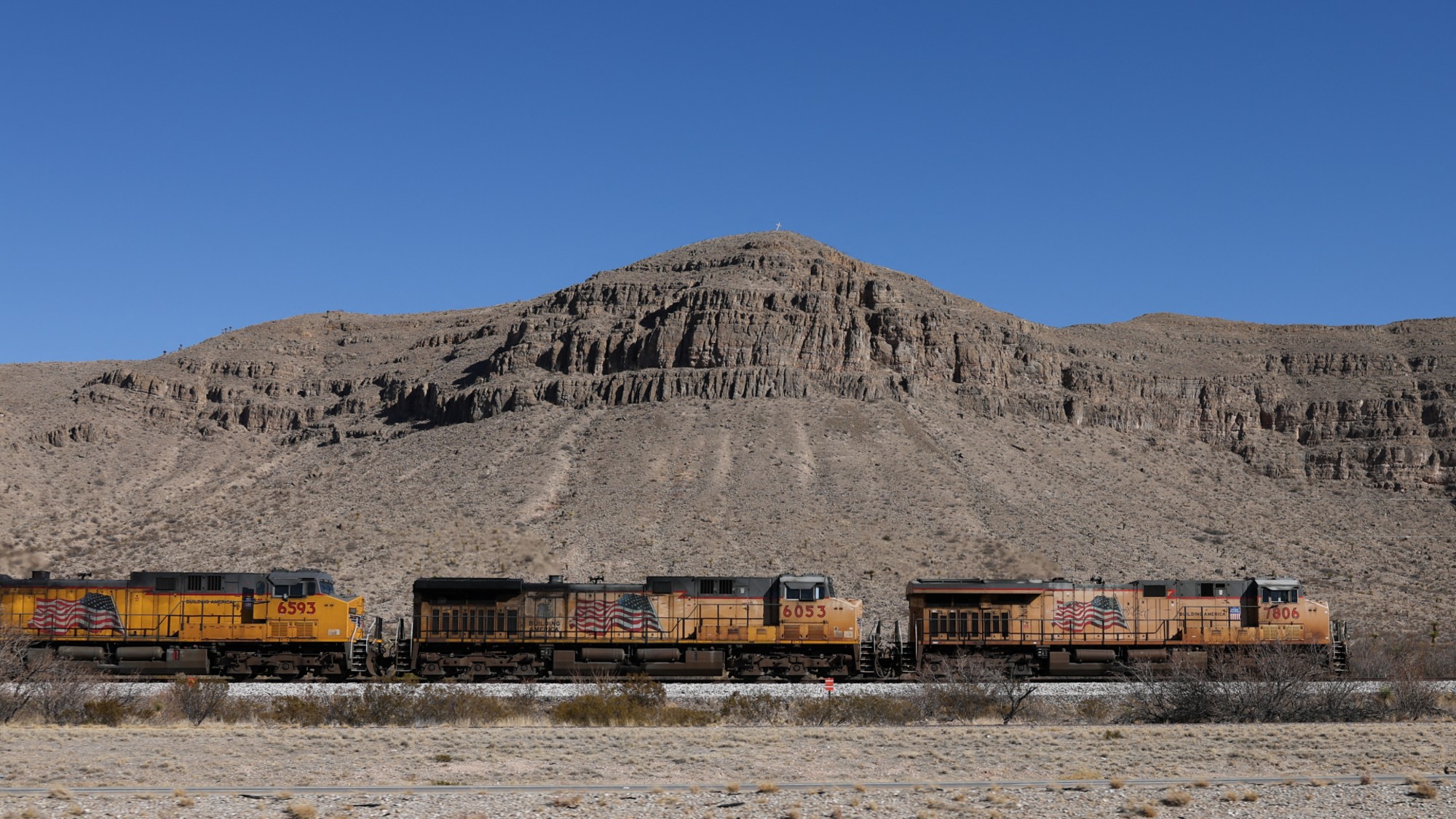American Cool
“Parisians have chic, Italians have la dolce vita, and Americans will always have cool.”
National Portrait Gallery, Washington, D.C.
Through Sept. 7
“Parisians have chic, Italians have la dolce vita, and Americans will always have cool,” said William O’Connor in TheDailyBeast.com. Jazz saxophonist Lester Young pioneered usage of the word in roughly the way we define it some 70 years later—as relaxed, unshakable self-possession. But this compelling photographic exhibition of 100 supposed exemplars of cool reminds us how elastic the term has become. “If you’re left fuming because the curators included somebody you can’t stand,” the show has probably done its job. No one’s going to complain about the inclusion of James Dean or Miles Davis, said Louis Jacobson in the Washington City Paper. But Susan Sontag seems “too academic” and Jon Stewart “too self-deprecatingly nebbishy.” Despite the curators’ claim that they’re not attempting to name the 100 coolest Americans ever, the honoree list will generate plenty of heated arguments.
The Week
Escape your echo chamber. Get the facts behind the news, plus analysis from multiple perspectives.

Sign up for The Week's Free Newsletters
From our morning news briefing to a weekly Good News Newsletter, get the best of The Week delivered directly to your inbox.
From our morning news briefing to a weekly Good News Newsletter, get the best of The Week delivered directly to your inbox.
The best arguments will focus on how cool has changed over time, said Philip Kennicott in The Washington Post. Other cultures have terms for effortless savoir faire, but cool was distinctly American because it was principally a middle- or lower-class attribute, and rooted in black culture. But “stylish stoicism” gave way in the 1950s and beyond to the outright rebelliousness of Marlon Brando’s biker in The Wild One. More recently, we’ve made personal wealth a prerequisite for our icons of cool, so that the show’s final section gives us the geek cool of Apple’s Steve Jobs and the entrepreneurial cool of rapper Jay Z and skateboarder Tony Hawk. There’s a “dark side of cool” never touched on—the “dumb, dismissive” attitude embodied by the phrase “too cool for school.” But the curators don’t go there. If you’re interested in cool’s unhealthy effects, you’ll have to tease them out yourself.
A free daily email with the biggest news stories of the day – and the best features from TheWeek.com
-
 Zimbabwe’s driving crisis
Zimbabwe’s driving crisisUnder the Radar Southern African nation is experiencing a ‘public health disaster’ with one of the highest road fatality rates in the world
-
 The Mint’s 250th anniversary coins face a whitewashing controversy
The Mint’s 250th anniversary coins face a whitewashing controversyThe Explainer The designs omitted several notable moments for civil rights and women’s rights
-
 ‘If regulators nix the rail merger, supply chain inefficiency will persist’
‘If regulators nix the rail merger, supply chain inefficiency will persist’Instant Opinion Opinion, comment and editorials of the day